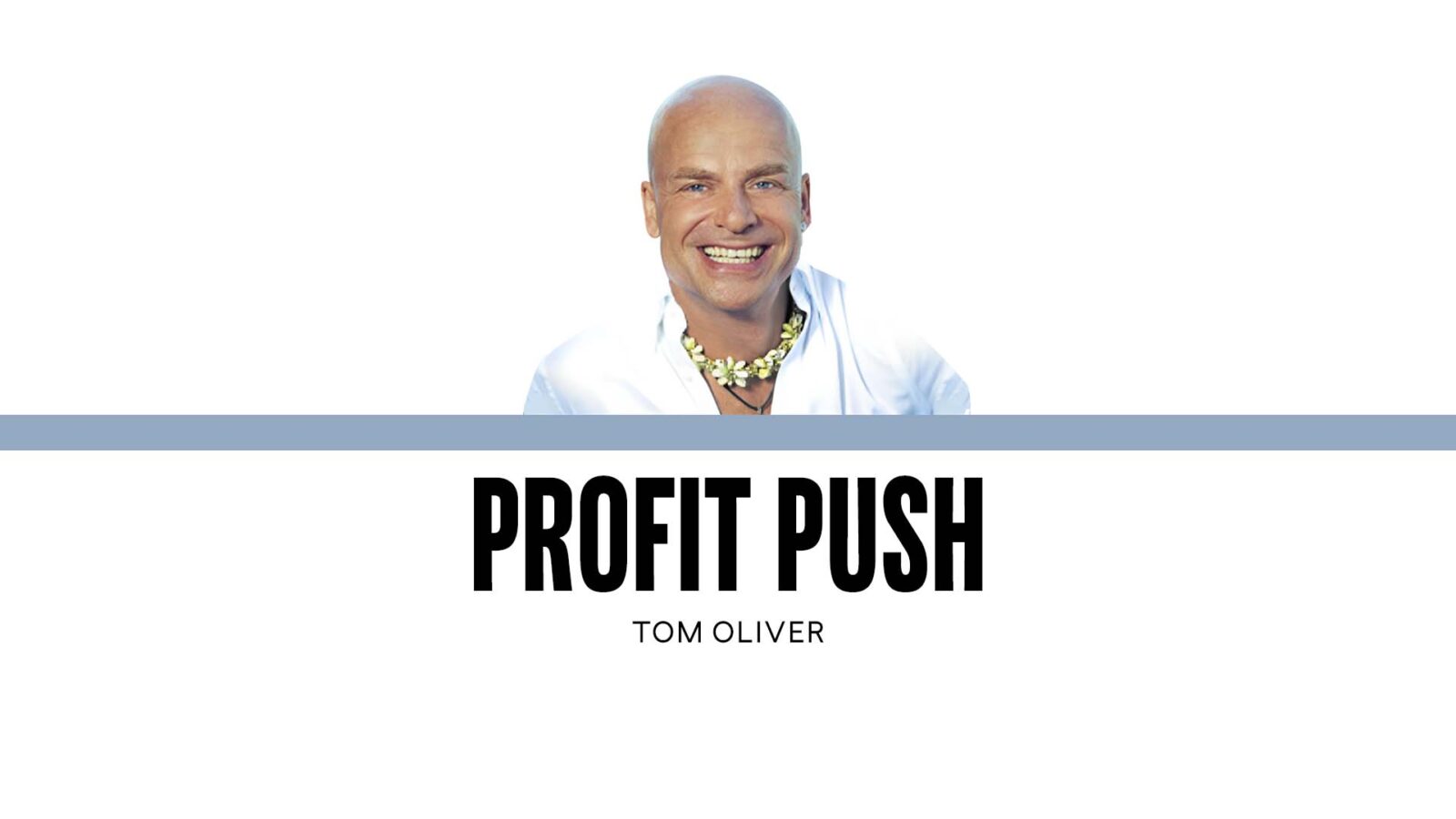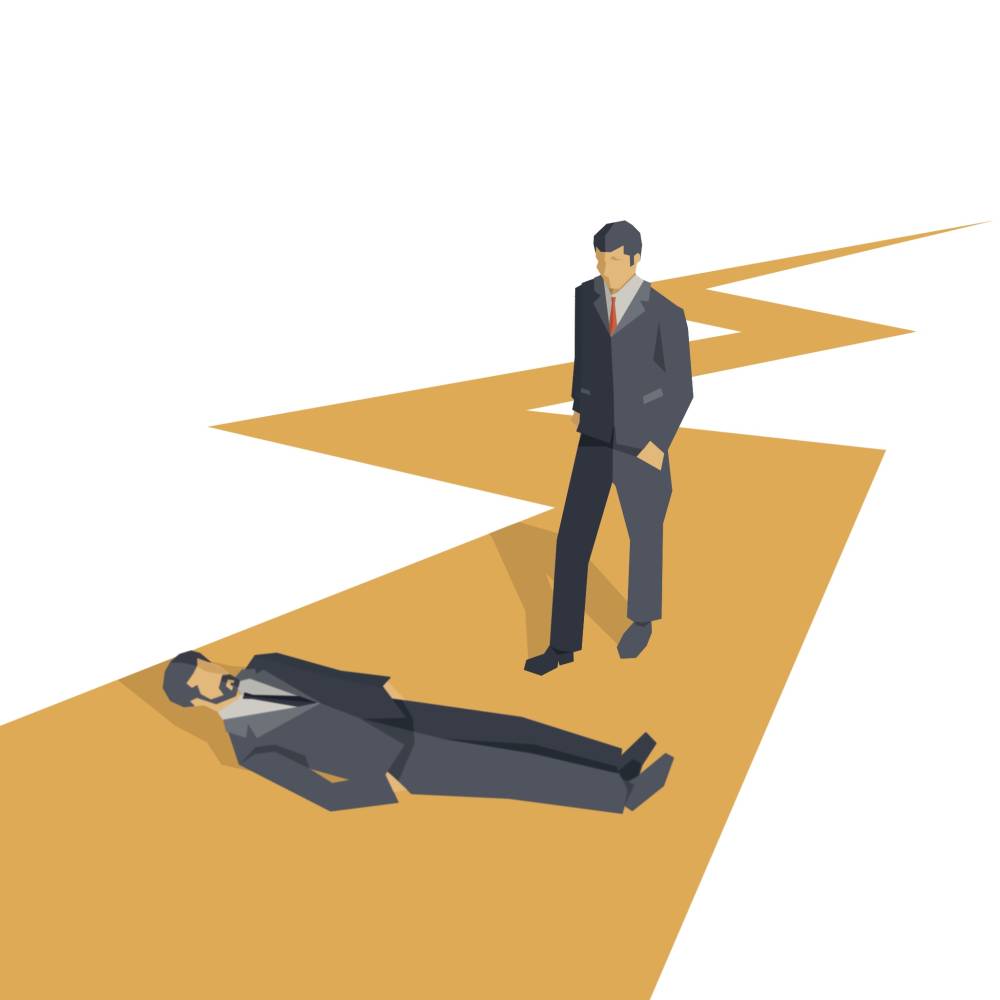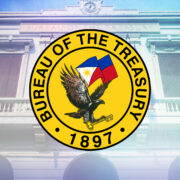The loyalty trap: Why your most trusted people might be your biggest liability

Every family business has a “Joe.” Joe was there before the first customer. He signed the bank guarantee when nobody else would. He knows the origin story, the shortcuts, the skeletons—and he has your cell number. You owe him loyalty. The problem is that markets don’t honor that debt. They only pay for performance.
Loyalty is a leadership asset; in family firms, it’s a superpower. Loyal people make long nights survivable and crises less lonely. They hold institutional memory, protect the culture and steady the ship when the next generation takes the helm. In downturns, loyalty absorbs shock.
But loyalty is also a subtle risk. It turns from virtue to vulnerability when we equate tenure with competence, access with judgment and personal history with future value. A long‑tenured insider becomes the unofficial gatekeeper, new ideas slow to a crawl and performance conversations get avoided because “he’s been with us for 25 years.” That’s the loyalty trap—when relational equity blinds you to operational reality.
How loyalty can blind you
A third-generation financial services giant, my company and I took from good to great, was profitable but quietly losing ground and market share when we came in. The CEO’s oldest ally, who had grown up with the business, ran operations by intuition. My team and I could quickly see the many shortcomings he had and how that was hurting the business.
We called him “Teflon” because every time you would bring up one of his mistakes, he would deflect it. Whenever I approached the subject in my private mentoring sessions with the CEO/owner, he kept referring to the many contributions the individual had made to the business in his many years with the company. Yes—but in an entirely different position.
Now this guy was a liability. But he ran board meetings, was the most trusted confidant of the family and was ruling with an iron fist, silencing new top execs who had great ideas. It took me several months till I could convince the CEO/owner to move the guy to the sidelines. By that time, valuable market share had been lost and everyone, including me and my team, had to work extra hard to make up for it. We finally did it, and the company became more profitable than ever, with annual profits being in the hundreds of millions of dollars. But guess what—the CEO still regrets not listening to me earlier because it still cost him a lot of valuable time, money and energy and market share.
The lesson: Once a star performer doesn’t mean someone is forever a star performer, and especially not in entirely different roles.

How tenure can deceive you
Tenure is especially deceiving in family businesses because as an owner/operator, you need loyalty. You need people who have been around for a long time because it helps. It is only natural that a lot of owners then turn a blind eye to the performance of these individuals. My team and I see this again and again.
Another one of my clients, the owner of a European retail giant, had a total blind spot when it came to his head of distribution. Why? Because he had been around for 25 years. When my team and I did a deep dive X-ray of the business, we quickly saw the guy was a total disaster. And profits were hurting because of him.
Lesson: Don’t let anyone off the hook when it comes to performance, just because they have been around for a long time. It is not an excuse not to perform. It also sends a bad message to new high achievers. One of my clients had just gotten an extremely capable new board member and she was constantly being sidelined by a guy with super long tenure whose performance was average. Why? Because he feared for his position and he was afraid her great ideas—and top-notch performance—would only too easily show how substandard he actually was. And this was 100 percent correct.
If you are in charge, you need to make sure you have both eyes wide open and do not confuse tenure with competence.
The warning signs
These vignettes share a theme: loyalty didn’t cause the problem; untreated loyalty did. Left unexamined, it mutates into blind faith. Here are the telltale signs you might already be in the trap:
- Initiative mortality: Smart ideas die quiet deaths because they ruffle a loyal insider.
- Historical alibis: Underperformance is explained by “that’s not how we’ve done it” rather than data.
- Talent leakage: Strong outsiders leave because they can’t out‑vote history.
- Soft KPIs: Targets exist, but they’re negotiable for “our people.”
- Meeting choreography: Decisions are made before the meeting—in hallways, by the same two loyalists.
Why is this so common in family firms? Because the traits that make family businesses special—long memory, reciprocity, intimacy—also make objectivity harder. When someone stood beside your parents, covered your early mistakes or carried the brand through a crisis, it feels disloyal to question fit. We tell ourselves: “We’re not a cold corporate machine; we don’t abandon our own.” Correct. You shouldn’t. But there’s a crucial distinction between abandonment and accountability. Loyalty means you don’t forget what people did for you; accountability means you don’t ignore what the business needs from them now.
The leadership job isn’t to become less loyal; it’s to aim loyalty at the right target—the mission, the customers, the whole team and the next generation. That reframing unlocks better decisions. When you are loyal first to the enterprise, you can be ruthlessly fair with roles.
Escape the loyalty trap—Five to Thrive
1. Role‑fit review. Start with role‑fit, not character. Ask, “If we were hiring for this job today, with our strategy and scale, would this person be our first choice?”
2. Use external eyes to reset the baseline. Expert advisors, independent directors, outside coaches can surface truths your culture has grown numb to. In all cases above, an outsider made the invisible obvious. That’s not an indictment; families are great at loyalty and terrible at subtraction. Bring in someone who isn’t impressed by history, only by impact.
3. Replace courtesy with clarity. Define what great looks like in each critical seat outcomes, behaviors and time frame. Publish the scorecard. Make it symmetric: the founder’s cousin and the newest plant manager play by the same rules. Then stick to them—especially when it’s awkward.
4. Design dignified exits and sideways moves. One reason leaders delay action is fear of the human cost. Reduce that fear. Create ambassadorial roles, project chairs or special assignments that convert institutional memory into advantage without asking someone to fake a capability they no longer have. Offer coaching, fair packages and public gratitude. Build a “golden bridge” so people can step off the old path without humiliation.
Tom Oliver, a “global management guru” (Bloomberg), is the chair of The Tom Oliver Group, the trusted advisor and counselor to many of the world’s most influential family businesses, medium-sized enterprises, market leaders and global conglomerates. For more information and inquiries: www.TomOliverGroup.com or email Tom.Oliver@inquirer.com.ph.





















